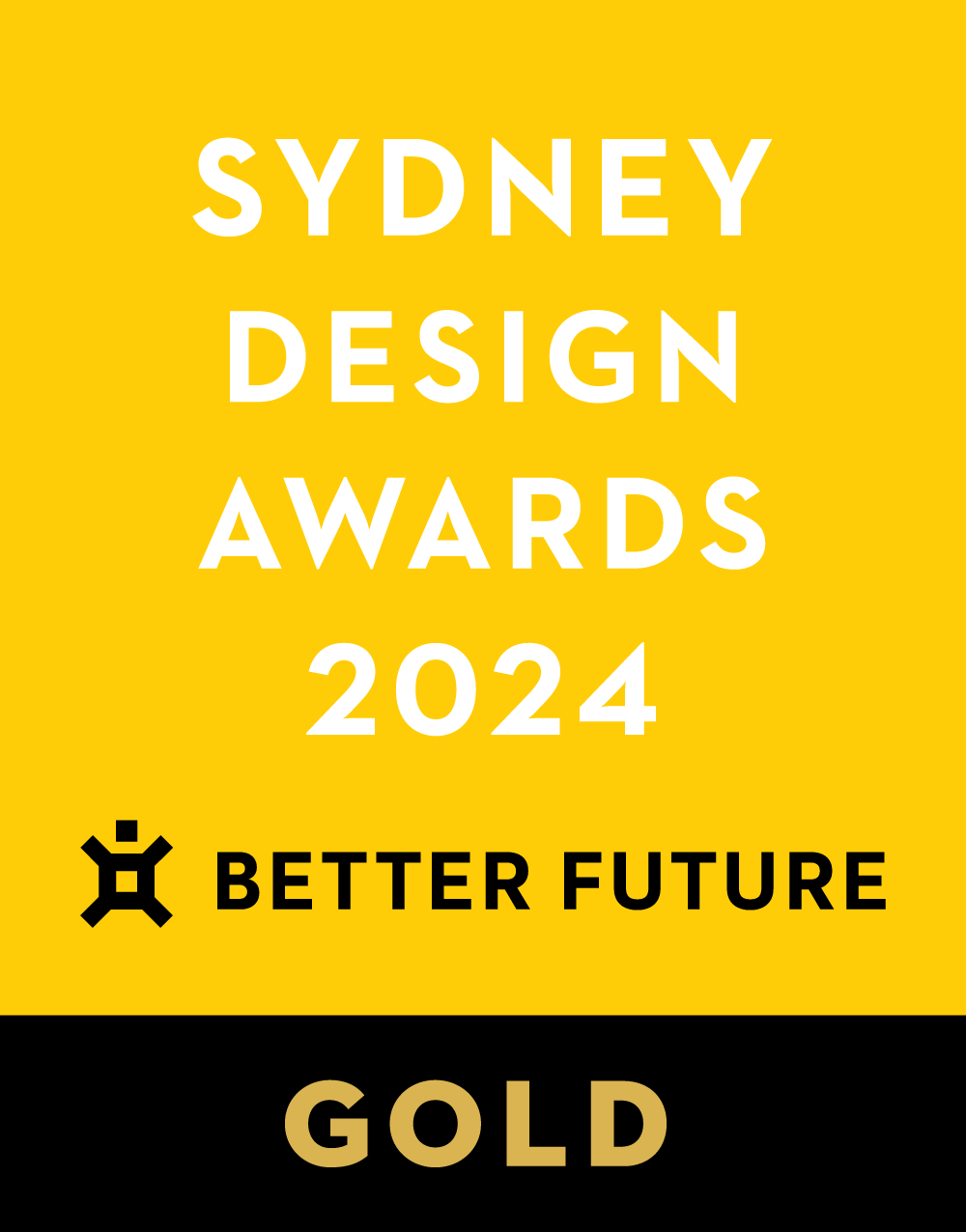Key Dates










Image Credit : ©baichuan

Project Overview
This project is located in Pudong New Area, Shanghai. The project is situated in the Sanlin Binjiang South area of Pudong New Area, Shanghai. As an important piece of the puzzle in the planning of the "21st Century Shanghai Style Living Practice Area" in the Sanlin Binjiang area, its important mission is to continue the classic memory and recreate a Shanghai-style Sanlin, a metropolis of the world. The overall planning and design aim to create a planning rhythm that combines ritual and leisure, a rich and fashionable architectural style, and a living scene that combines elegance and fireworks. Make this page of Sanlin a classic collection in the city.
Organisation
Team
Jiang Yu, Wu Yan, Guo Tongjiang, Chen Xiao ,Zhang Shuang, Zeng Cong, Wu Jie, Zhao Zhenhang, Zhang Beiqing, Wang Haoyu, Lei Yiming, Liu Hao, Zhai Ying, Zhang Ke, Liu Zhen, Yang Yuhaibo
Project Brief
Starting from the main axis of the Three Forests Plan, connecting rail transit, infiltrating landscaped green spaces, and forming a form that echoes the urban texture. At the same time, a public urban pedestrian walkway was created in the project, creating a sense of propriety and leisure in the streets and alleys, and connecting the community exit with the city park on the north side. In order to explore the urban spirit of Shanghai, we extracted the core of the Shanghai-style spirit and created a community through enclosed clusters, shaping a continuous urban street surface and a street space that people enjoy wandering around.
Project Innovation/Need
In addition to careful planning and design, we also deeply consider how to reshape the Shanghai spirit in a newly built area. Therefore, in the creation of architectural style, we have a large number of original designs. Hope to emit a strong Shanghai attribute. They won't simply copy any architectural elements. The facade treatment of the overall building is simple and bright, emphasizing vertical composition. The base of the lower level continues the classical heavy arch form, integrating the upright local characteristics of Shanghai-style architecture. The upper rectangular window opening is decorated with white gemstones, and the protruding semi-circular balcony is paired with iron jacquard railings. The metal decorative door head draws inspiration from the Art Deco style, with a clear and elegant rhythm. The facade composed of stone and red brick is neat and the decoration is simplified. The plain red brick exterior wall is also rich in various exquisite Western features, including the concave and convex corners of the wall, the decorative patterns between the layers of the wall, the classic octagonal windows, and the function of a one-step balcony.
The entire project extends traditional aesthetics to real-life scenarios, embodying the spirit of the Shanghai style in the design and creating a strong sense of local belonging among every brick and tile.
Design Challenge
The development intensity of this project is relatively high, and there is also a minimum requirement for the total number of residential households. At the same time, both the owners and designers hope to set up more low-rise buildings to create a better street scale and walking experience, so there are buildings ranging from 8 to 4 floors in small clustered plots. At the same time, the higher-level planning has very clear requirements for the building enclosure of the plot. How to coordinate the connection of different types of buildings has become a challenge we have not faced in other projects. We need to consider the appropriate formal language for different types of building units, as well as how to form a diverse and organic continuous building interface when different units with large height differences are placed together. In the upper-level planning requirements, the clear requirement for oblique corners of street corner buildings has posed significant challenges in product graphic design, requiring us to create layouts that are not inferior to other square-shaped buildings. We also need to ensure a good correspondence between the functionality of the plane and the spatial form.
Sustainability
Although this project is positioned as a high-end residential area and adopts high standards in the selection of architectural design techniques, it does not excessively pursue the scarcity of building materials but rather chooses to create a better architectural appearance through the design itself. For example, the natural granite used in this project is all from China and selected from adjacent mining areas. A large number of ceramic bricks used in this project are also purchased from the neighboring province of Yixing, Jiangsu, which is not far from Shanghai, and there is no selection of brick categories with excessively high unit prices.
More importantly, this project is a development project that strictly adheres to the requirements of ultra-low energy buildings in Shanghai, and all buildings meet the rational requirements of near-zero energy consumption.
Architecture - Multi Residential - International
This award celebrates the design process and product of planning, designing and constructing form, space and ambience that reflect functional, technical, social, and aesthetic considerations. Consideration given for material selection, technology, light and shadow.
More Details

